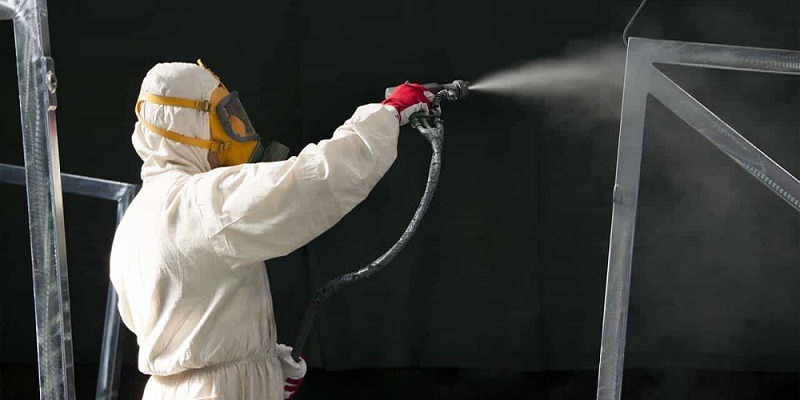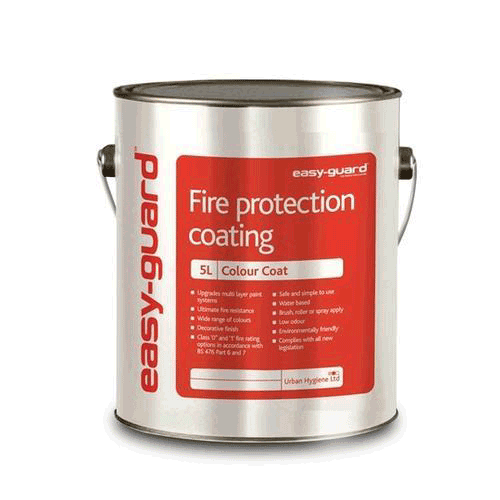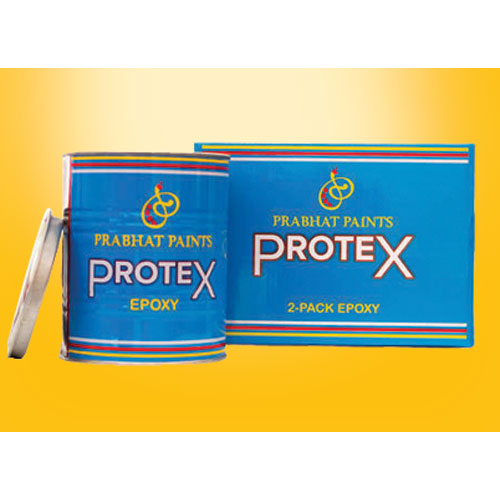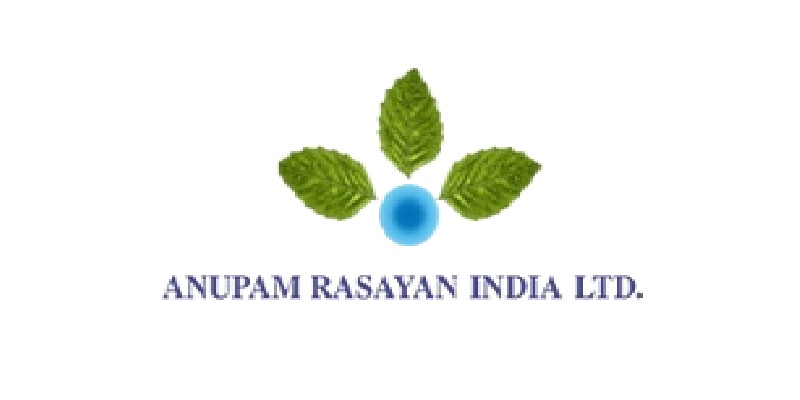Schedule a Call Back
What are the benefits of high-temperature coatings?
 Articles
Articles- Oct 25,21

Related Stories

4 Low-VOC Industrial Paints That Deliver High Performance in Tough Environments
Volatile organic compounds (VOCs) - contaminating air and water - can affect health. In this article, Emily Newton explores four high-performance, low-VOC industrial paint options that reduce harmfu..
Read more
Rare crystal shapes yield stronger 3D-printed metal parts
Quasicrystals, which were previously considered a myth, are now replicable for large-scale industrial applications. Stakeholders must support investments in 3D printing technologies and continued re..
Read more
How can automation reduce waste in wood manufacturing?
Automation is enabling wood manufacturers to cut waste, improve consistency, and boost productivity by addressing material variability, enhancing finishing processes, and increasing precision in fab..
Read moreRelated Products

Safety Fire Retardant Coating
Marco Trading Company is offering a range of safety fire retardant coating.

Surface Coatings
Patel Enterprise is offering a range of surface coatings.

Industrial Colour Paint
Prabhat Paint Industries offers a wide range of industrial colour paint.















